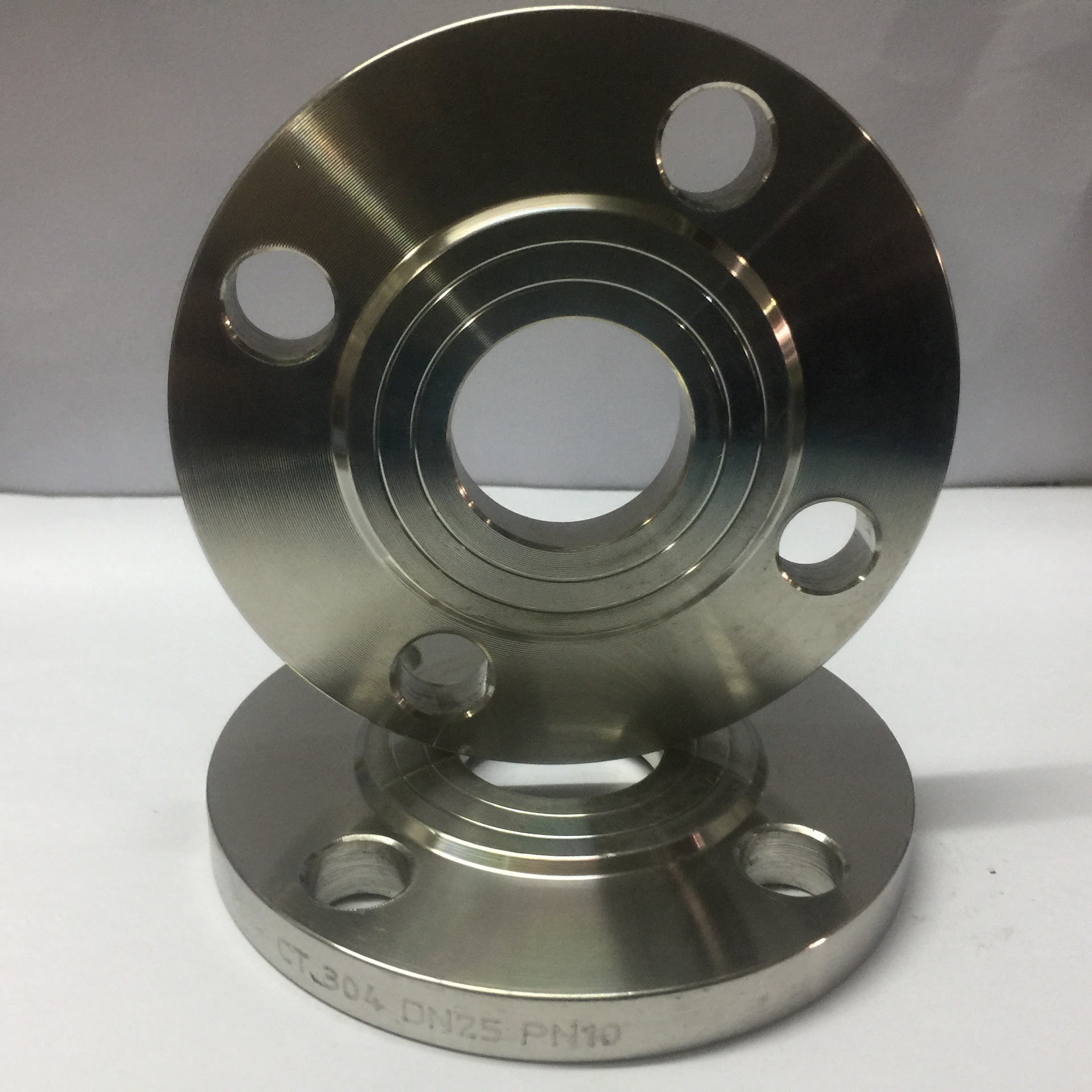manually operated gate valve
Understanding Manually Operated Gate Valves Function, Design, and Applications
Manually operated gate valves are essential components in various industrial systems, primarily used for controlling the flow of liquids and gases. Their design and operation make them a preferred choice in many applications, ranging from water supply systems to complex chemical processes. This article will delve into the structure, functionality, advantages, and typical applications of manually operated gate valves.
Structure and Functionality
A gate valve operates primarily as an on/off control device. The design typically consists of a valve body, a gate (or disc), and an actuator, which can be either a handwheel or a lever. When the valve is fully opened, the gate is lifted out of the flow path, allowing fluid to pass through with minimal resistance. Conversely, when the valve is closed, the gate moves down to block the flow, creating a seal that prevents any leakage. The simplicity of this design contributes to the valve’s efficiency and reliability.
The most common type of manually operated gate valve is the rising stem gate valve, where the stem moves upward as the valve opens. This allows operators to visually confirm whether the valve is opened or closed, an essential feature for many applications. Another type is the non-rising stem gate valve, where the stem does not move out of the body of the valve but instead rotates within it. This design is suitable for situations where space is limited.
Advantages
One of the primary advantages of manually operated gate valves is their straightforward operation and low maintenance requirements. Because they are designed without complicated internal mechanisms, they are less prone to mechanical failure, making them ideal for many uses. Additionally, when fully opened, gate valves provide minimal flow resistance, which is particularly advantageous in high-flow conditions.
manually operated gate valve

Another benefit is the versatility of these valves in handling different media, including water, oil, and various chemicals. Their ability to create a tight seal when closed ensures that leaks are minimized, which is crucial for safety and efficiency in many industrial processes.
Applications
Manually operated gate valves find applications across numerous sectors. In water and wastewater treatment facilities, they are used to control the flow of water through pipelines, ensuring that treatment processes operate smoothly. In the oil and gas industry, gate valves are commonly utilized in pipeline systems to manage the flow of crude oil and natural gas, where reliability is paramount.
Moreover, these valves are frequently employed in HVAC systems, chemical processing plants, and power generation facilities. In any system where the flow of liquid or gas needs to be shut off entirely, gate valves are often the go-to solution.
Conclusion
In summary, manually operated gate valves play a crucial role in a wide range of industrial applications due to their efficient design and reliable operation. Their simple mechanism allows for easy handling and maintenance, making them an indispensable tool in systems that require precise control of fluid flow. As industries evolve and technology advances, the fundamental design and functionality of manually operated gate valves will continue to serve as a foundation for the development of more sophisticated flow control solutions. Whether dealing with water supply, chemical processes, or energy production, these valves are integral to ensuring operations run smoothly and efficiently. Understanding their characteristics and applications allows engineers and operators to utilize them effectively, optimizing performance and safety in their respective fields.
-
The Key to Fluid Control: Exploring the Advantages of Ball Valves in Industrial SystemsNewsJul.09,2025
-
The Versatile World of 1, 2, and 3 Piece Ball ValvesNewsJul.09,2025
-
Stainless Steel Ball Valves: The Ideal Choice for Efficient Flow ControlNewsJul.09,2025
-
Optimizing Fluid Control with Ball Float ValvesNewsJul.09,2025
-
Manual Gate Valves: Essential for Control and EfficiencyNewsJul.09,2025
-
Everything You Need to Know About Butterfly ValvesNewsJul.09,2025
-
The Versatility of Wafer Type Butterfly ValvesNewsJul.08,2025




